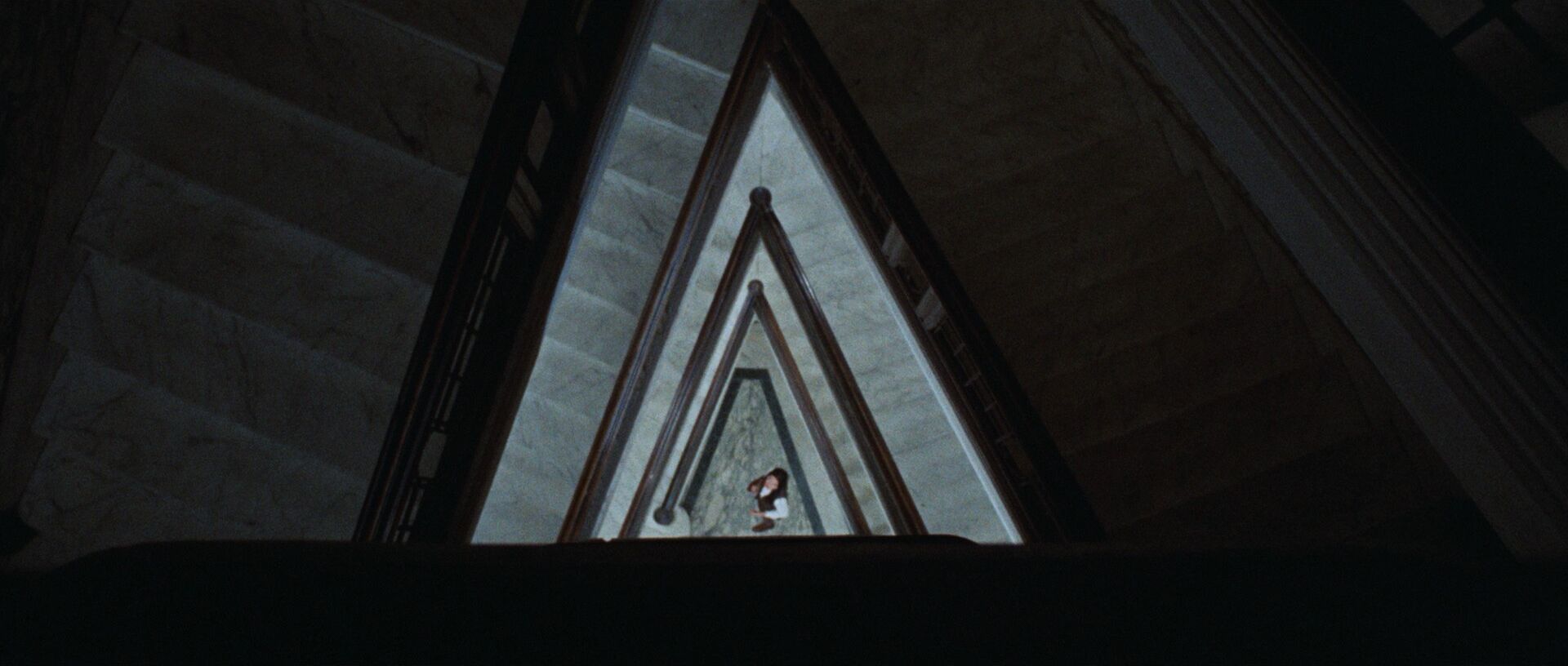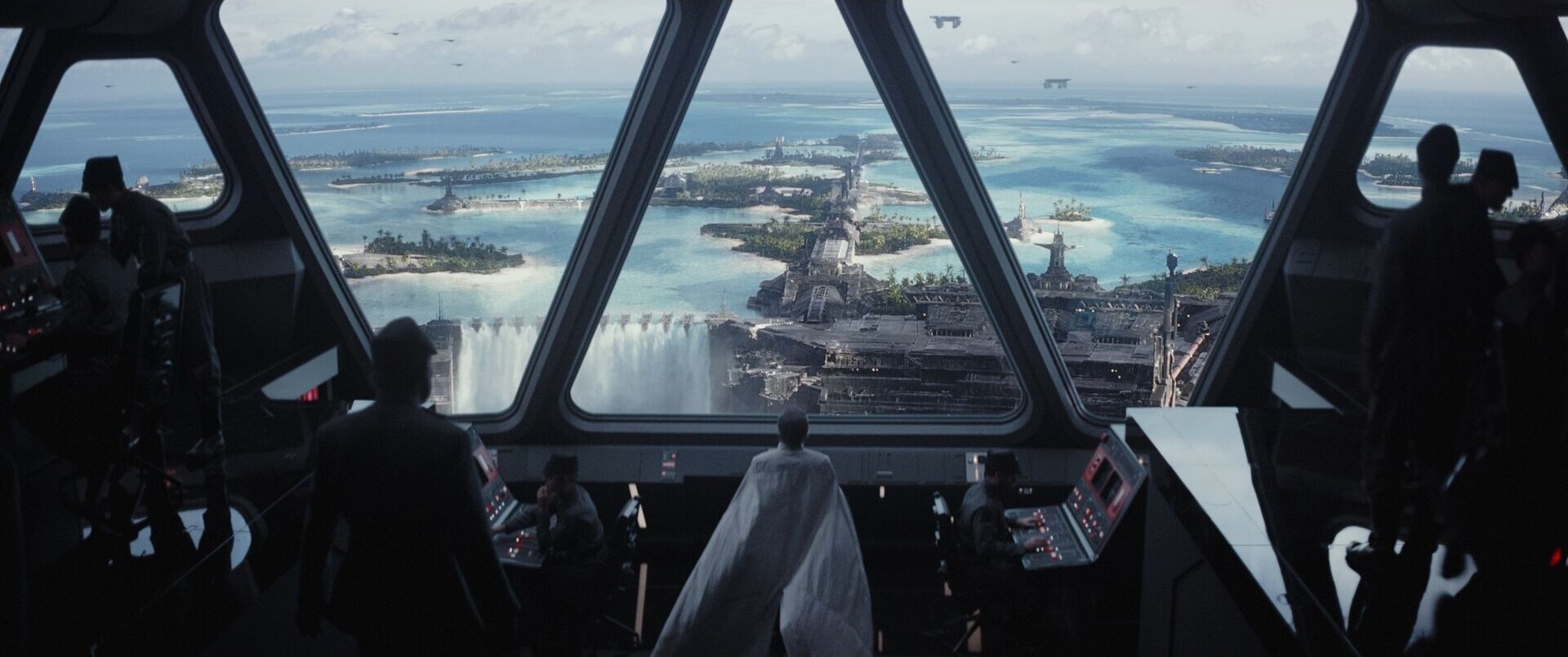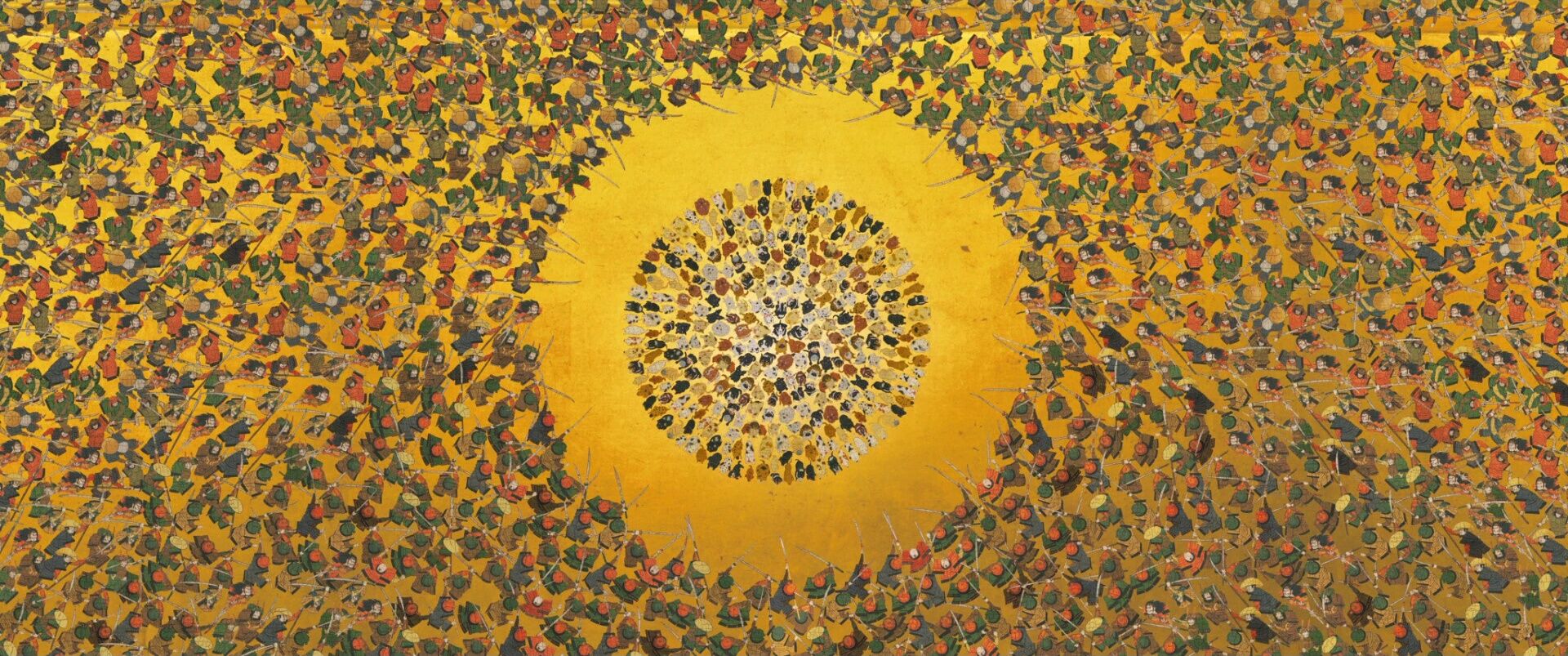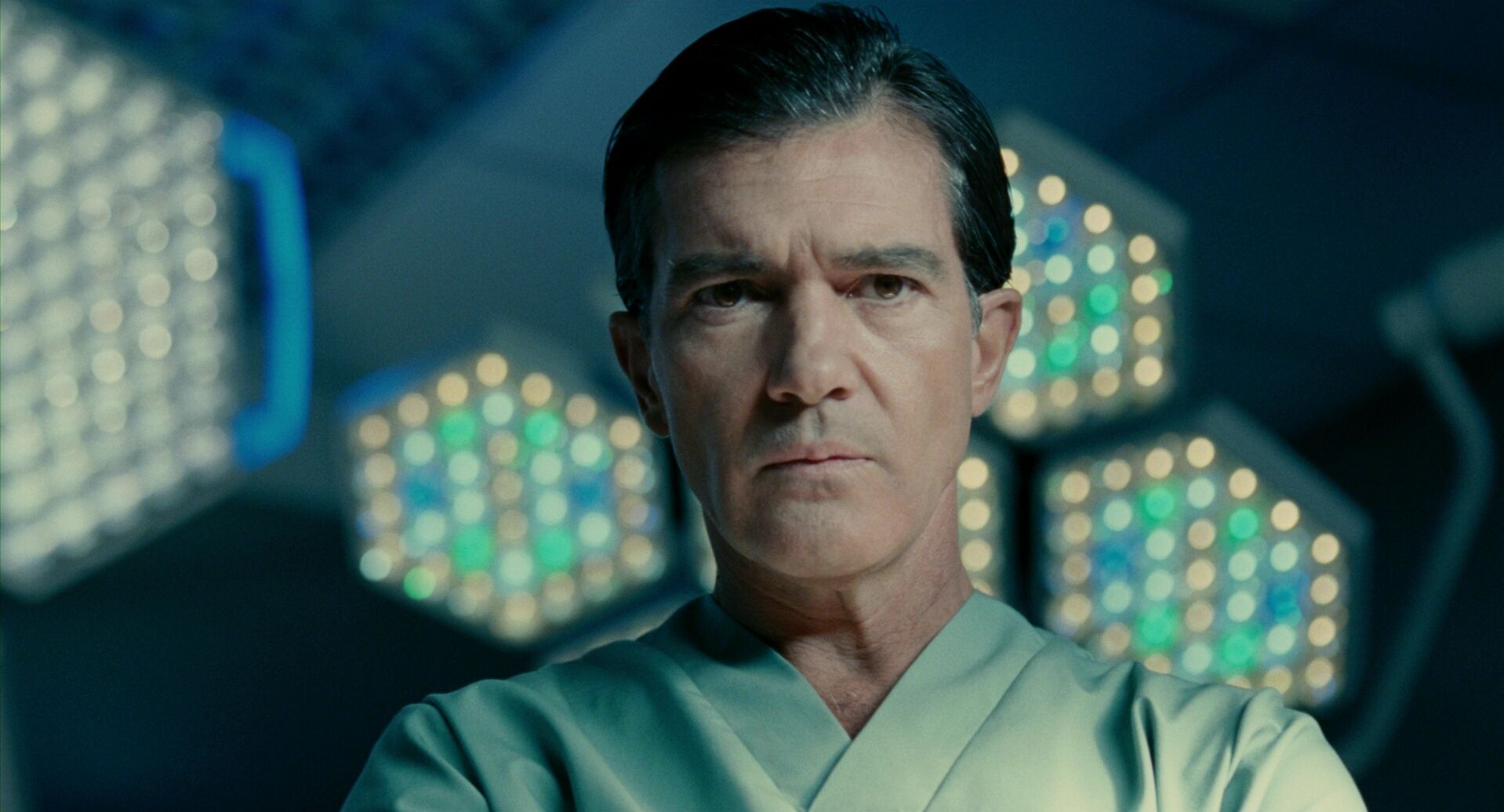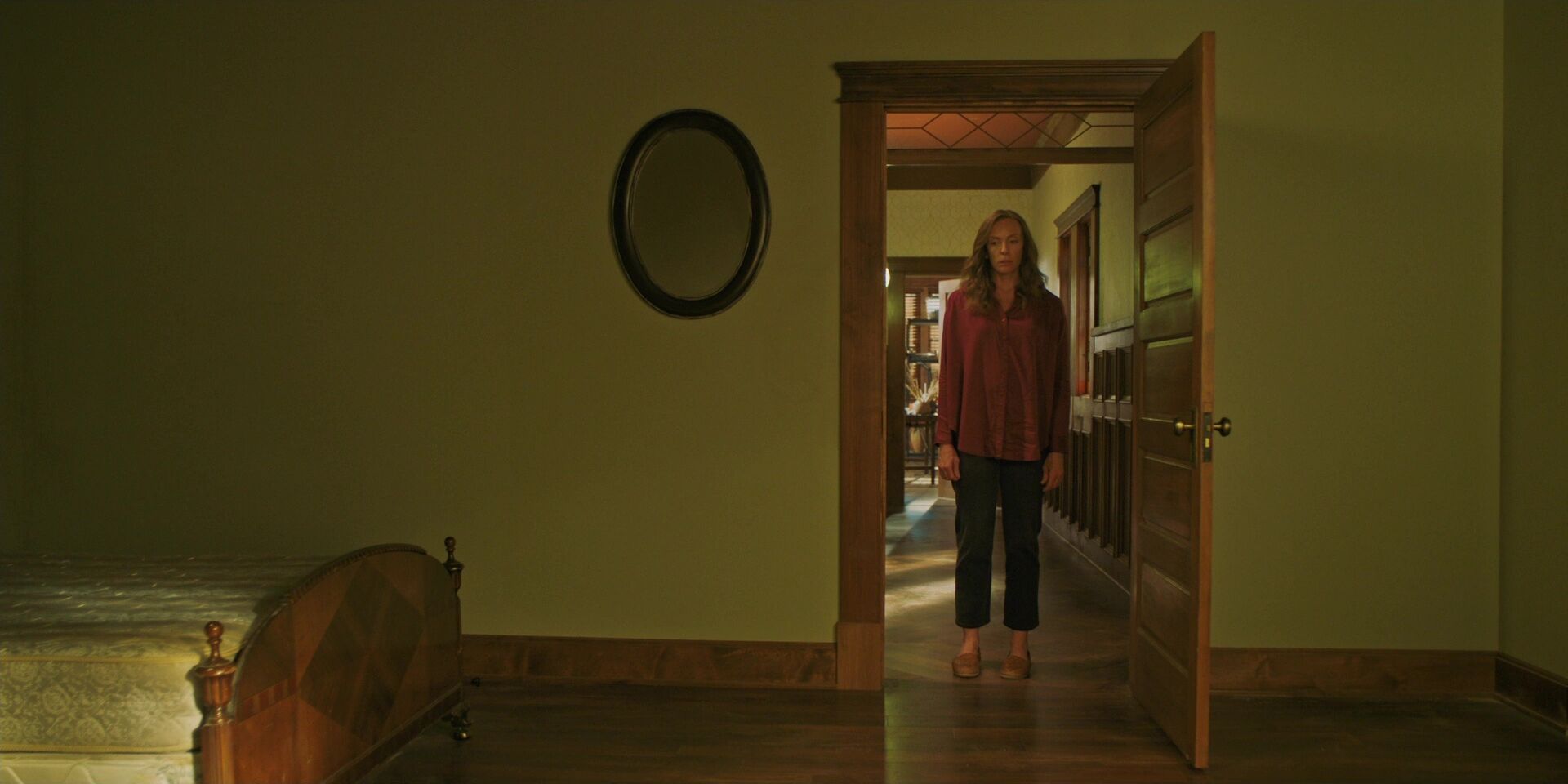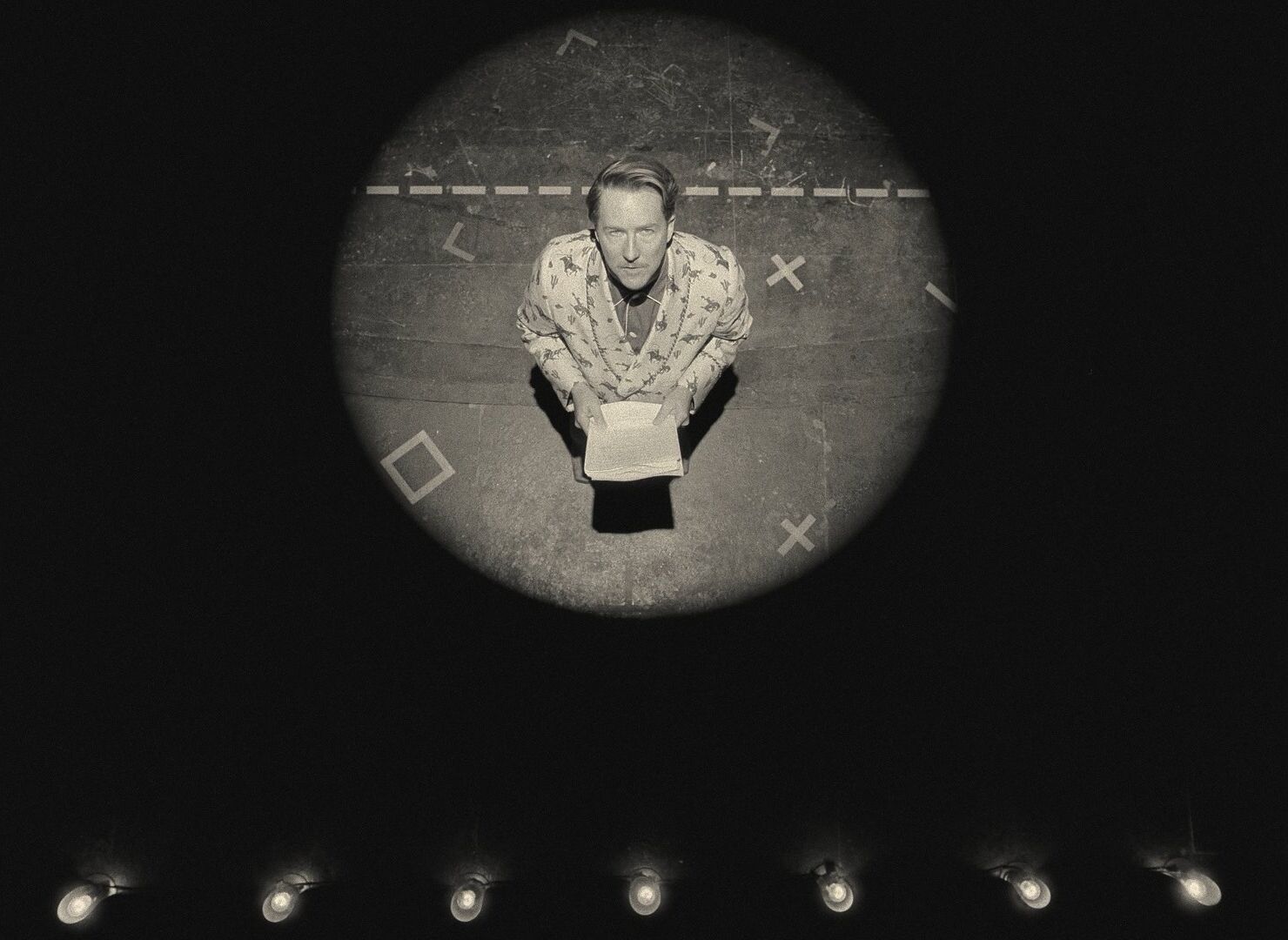home → Composition Techniques → Shape in Film
Geometric shapes in film definition
What is line and shape in film?
Filmmakers use a variety of techniques to tell their stories, from color palettes to lighting schemes to costume choices to camera shots. Shape is another tool filmmakers can use to create a visual language for their stories.
For an in-depth exploration of this technique, check out our full guide to shapes in film, complete with examples and breakdowns.
Shape language in film
Shape in film examples
It’s helpful to see how shapes are used in film before exploring how they operate within visual storytelling. Browse this curated selection of shapes in film to get a sense of its use across films.
Guide the viewer’s eye
Create engaging aesthetics
Convey meaning
Evoke emotion
Uses
What does using shapes in film do?
Shape, much like color, can be used to compose interesting visuals in a scene, or sometimes, to convey story meaning.
Create symbolism
Filmmakers sometimes use shapes for symbolism. In animation, villains usually have angular features, while protagonists are rounder and more approachable.
Show feeling
Shapes can be used to evoke the emotion in a scene. Like when a character feels trapped, they can be shown to be "boxed in."
Set up interesting compositions
Creating shapes that intersect in interesting ways in the frame can make a film more engaging to viewers to decipher patterns and relationships.
Direct attention
Shapes like leading lines or circles in a shot help the viewer’s eye go where it’s supposed to by limiting everything else around the focal point.
Use of shapes in film
Shapes vs lines
Filmmakers can use shapes as symbolism or to create interesting scene set-ups in their movies. For example, in Jacques Tati’s “Playtime,” square shapes are seen throughout the film, such as cubicles, to convey the idea of conformity and sameness. Lines are often used similarly. For example, leading lines refer to lines that a filmmaker intentionally puts in the scene - like roads or fences - to create a picture that guides the viewer’s eye to a point.
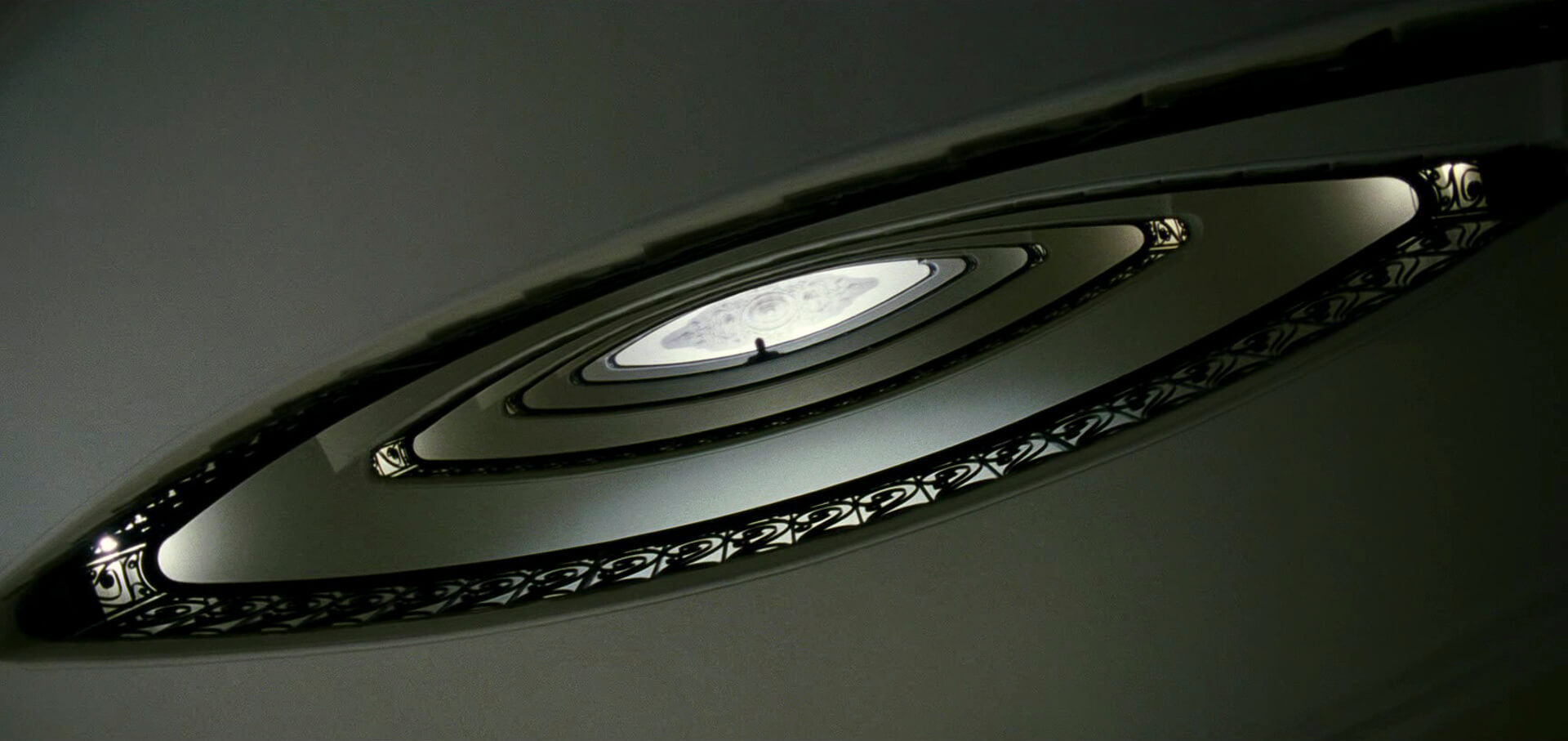
Case Study
Shot listing use of shape
Shapes can have high symbolic value when used purposefully and thoughtfully. Perhaps no other use of shape that speaks to both plot and theme can be found outside of Everything Everywhere All at Once. The circle and its many permutations shows up in a number of visuals from the film that create both a visual unity but also supports the theme of endlessness, cycles, repetition, and everything else this film is about.
Click the shot list below to take a closer look at the entire scene.
Shapes and lines make for great imagery in a film, but they can be easily combined with other techniques for even more interesting visuals.
Unexpected combos
How can you use shapes with other camera techniques?
How to combine shapes and lines
Using shapes and lines are a versatile addition to any filmmaker’s visual language. While impactful on their own, they gain even more power when paired with other techniques. Here are some creative ways shapes and lines can be combined with different cinematic approaches:
- Color: Combining a use of shapes with specific color palettes can enhance the symbolism conveyed by a specific shape.
- Lighting: By focusing lighting on a certain shape or line, a filmmaker can draw attention to a specific shape and its meaning.
- Rule of thirds: The rule of thirds uses lines to compose frames that put the subject of the scene off-center for more interesting visuals.
Frequently asked questions about shapes
Filmmakers can use geometric shapes to convey symbolism or create interesting visuals.
Lines can be used to draw attention or guide a viewer’s eye to point.
In animation, angular shapes are often used for villains, while rounder shapes are used for more sympathetic characters.
In Stanley Kubrick’s The Shining, leading lines are used to draw the viewer’s eye down the hallway.



